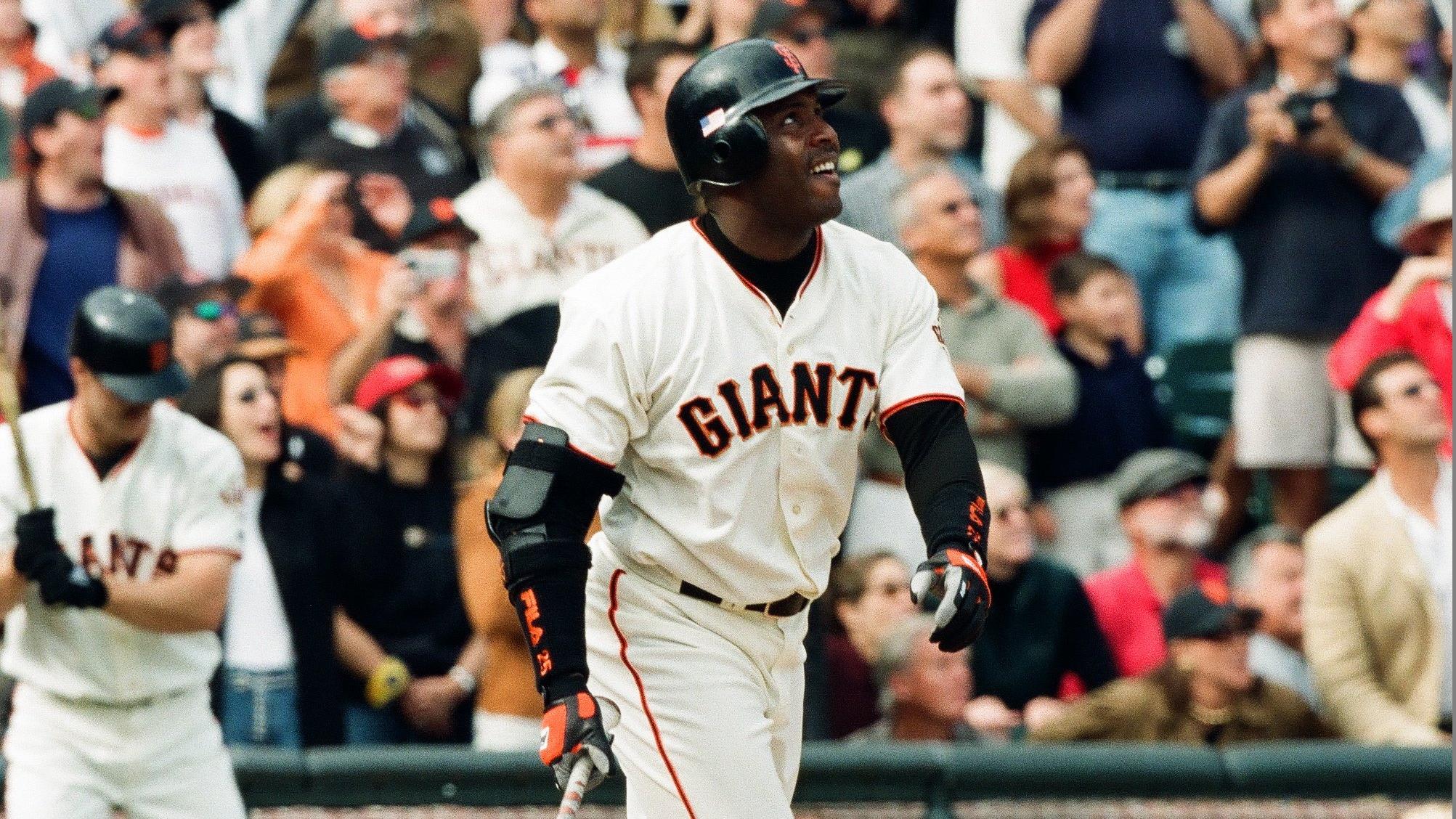Featured Video
Dodgers First Repeat Winners in 25 Years 💍
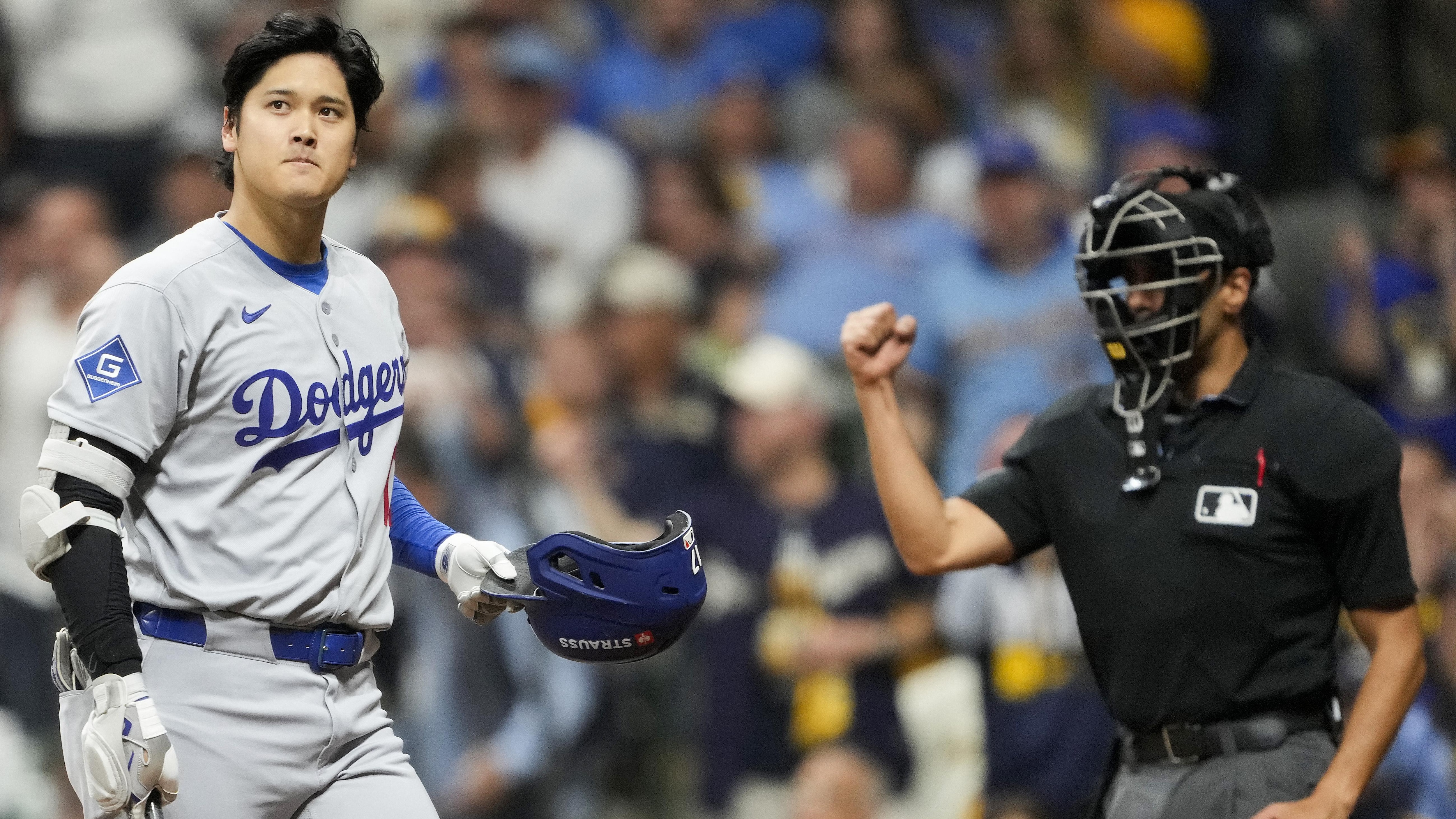
The 5 Biggest Gripes With MLB's Postseason
If the MLB postseason had a lawn, we'd tell everyone to get off it. And if there were clouds overhead, we'd yell at them, too.
We intend to complain about the MLB playoffs, in other words, and specifically about everything wrong with them. The twist is that this only concerns problems that can hypothetically be fixed, which is a relatively small collection.
Managers doing boneheaded things like, say, taking an ace pitcher out after just 75 pitches or not starting Jazz Chisholm Jr. are just part of the human element of the game. Things like that can't simply be cleaned up or policed.
On the other hand, there has to be something MLB can do about wonky seeding and scheduling, unwanted broadcasts and in-game issues such as bad umpiring and a refusal to play ball with star hitters.
Let's get into all this and more—but not before we first acknowledge something important about the 2025 postseason.
All Is Mostly Well in the 2025 Playoffs
1 of 6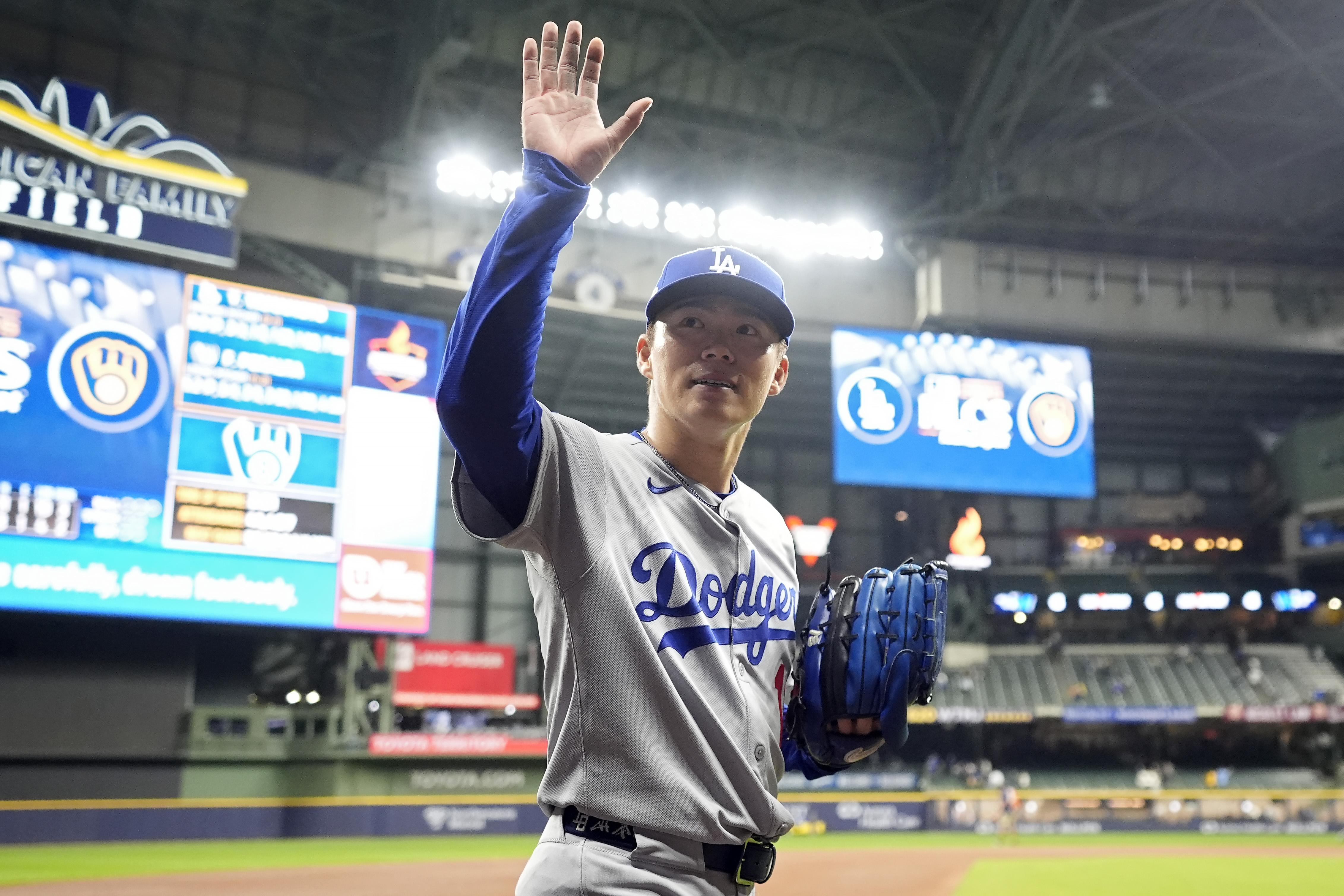
Let's start by being real about one thing: The 2025 MLB playoffs are good, actually.
The drama has been good, as the average leverage index is on par with a 2024 postseason that was way more intense than the snoozefest that was the 2023 postseason.
And remember when we were obsessing over whether the new playoff format unfairly punished regular season standouts? Those days are over. This is the second year in a row that three of the top four seeds have advanced to the Championship Series.
Perhaps best of all, starting pitching is back, baby!
There have already been more starts of six-plus innings (22) than there were in all of 2024 (19), including six in which the starter racked up double-digit strikeouts. That's more than there were from 2021 to 2024 combined.
Are fans digging it? Fans are definitely digging it. The league revealed on Tuesday that viewership for the playoffs is the best it's been since 2010.
Given all this, there's only so much to gripe about...but since we must commit to the bit, now's the part where we do exactly that.
The Seeding Still Doesn't Feel Right
2 of 6
The Problem: Good Teams Are Still Getting a Raw Deal
Baseball is into Year 4 of its 12-team playoff era, and the way that teams are seeded for October still isn't 100-percent intuitive.
Take the New York Yankees, who entered the playoffs as the No. 4 seed on the American League side even though they tied for the AL's best record during the regular season. In effect, the valuation of their 94-win season was overruled by their 5-8 performance in 13 games against the Toronto Blue Jays.
Mind you, the Blue Jays have a fair gripe in their own right.
Winning the AL's No. 1 seed got them a first-round bye and home-field advantage, but they still had to face the Yankees again in the Division Series. That they won is obviously the good news for them, but it's not ideal for MLB that their toughest hypothetical matchup occurred before the Championship Series.
The Solution: How About a Re-Seed After the 1st Round?
There's an argument that in a perfect world, the six best teams in each league would be seeded as such without any complicating factors such as, say, division titles.
Granted, this isn't so much an ironclad idea as a taste test. Doing it that way would appropriately reward teams for grinding through the 162-game season, but it would also cheapen division races. If MLB does that, "What's the point of divisions?" would become a fair question with no good answers.
At the least, though, MLB needs to consider a re-seed after the Wild Card round so that the high seeds face the lowest remaining seeds. For 2025, this would have meant the Blue Jays (No. 1) facing the Detroit Tigers (No. 6) instead of the Yankees (No. 4), who would have faced the Seattle Mariners (No. 2).
There Has to Be a Better Way to Schedule Games
3 of 6
The Problem: Half-Filled Stands for Playoff Games Is a Bad Look
That the viewership numbers are up this October is obviously good news for MLB, but it does come with an awkward reality: more eyes on half-filled stands.
All three games of the Wild Card Series between the Tigers and Guardians in Cleveland didn't even draw 30,000 fans. Poor attendance was also an issue for Game 4 of the ALDS between Seattle and Detroit, and even Dodger Stadium was slow to fill up for Game 4 of the NLDS.
There's a common thread that ties these instances together: They were all day games on weekdays.
One assumes the approval rating for day baseball is generally high, but less so for weekdays and even less so for weekdays during October. People have to work, after all, and it isn't easy to plan to attend playoff games. It requires playing Whac-a-Mole with a schedule that isn't set in stone until the last minute.
The Solution: At the Very Least, Common Sense Scheduling
There probably wouldn't be any day games during the playoffs if MLB didn't have to worry about its broadcast partners. That way, every game would be in prime time, otherwise known as after working hours for broad swaths of fans.
But since MLB does have to worry about its broadcast partners, it's doubtful that this will ever happen. Any network that pays a mint for the right to show playoff baseball obviously wants to be the only game in town, at least for a couple hours.
Even still, how about a little common sense?
Ideally, potential elimination games (i.e., Game 4 between Detroit and Seattle) would take prime time precedence. Failing that, simply reading the room will do. Why the Dodgers and Phillies had the early game last Thursday in deference to a game at Wrigley Field—where day games are a feature, not a bug—is mind-boggling.
The Sidelining of Local Broadcasters Needs to Stop
4 of 6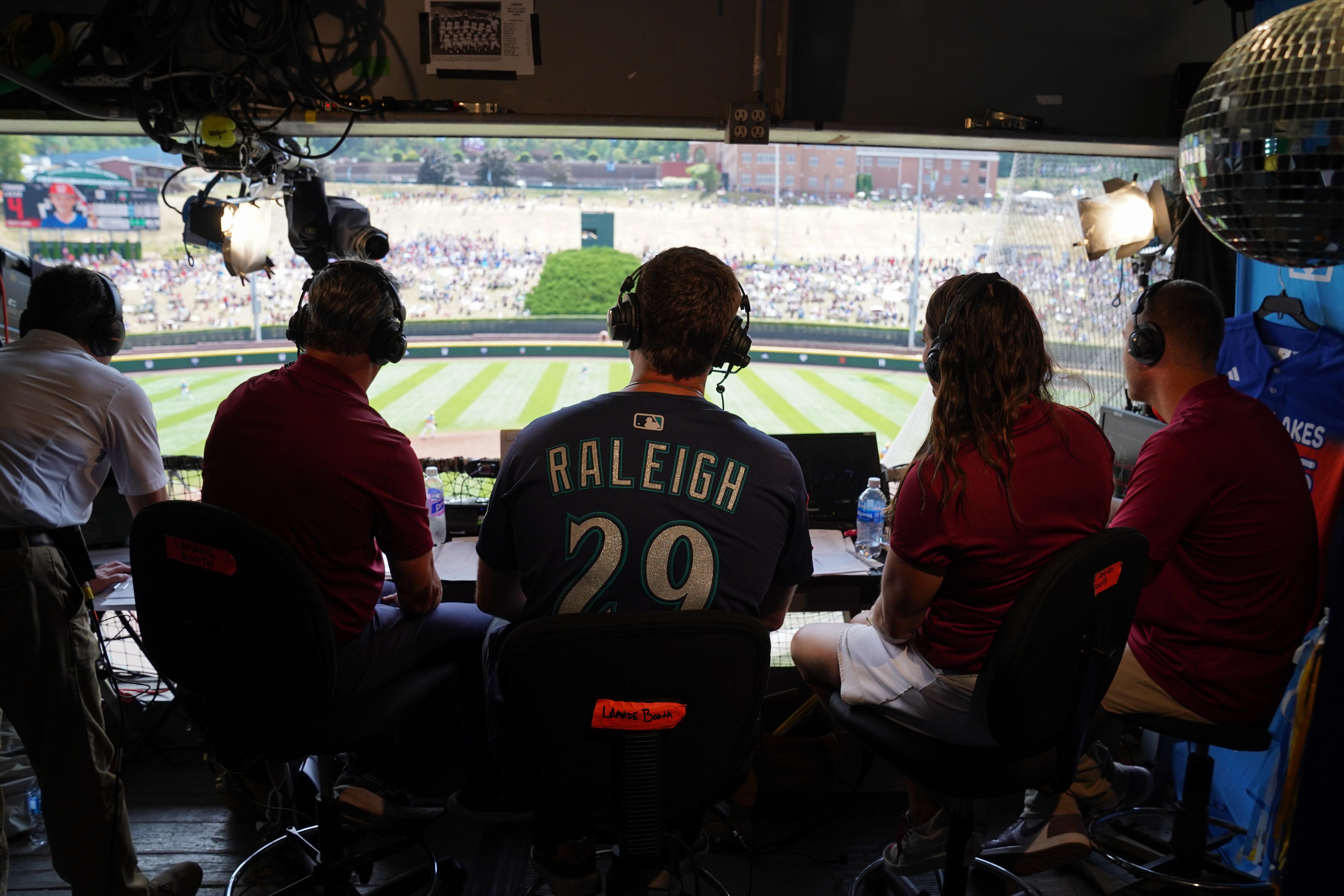
The Problem: Voices Fans Know and Love Are Suddenly Gone
Speaking of the problems that come with broadcasting MLB playoff games, it's always a little jarring when local voices that fans know and love pass the mic over to whole new crews with no relationship to said fans.
This is not to say it's inexplicable. The playoffs are when baseball goes national, so it makes sense to call in broadcasters with wide appeal and no detectable bias—at least in theory, though sometimes you get Joe Davis calling the Dodgers and Brian Anderson calling the Brewers.
That said, local broadcasters have things that national crews just can't replicate. A deep, intimate knowledge of the team in question is certainly one. A sort of rapport with the given team's fanbase is another.
To the latter, there's nothing wrong with how Joe Davis calls a Julio Rodríguez homer, but it's just not the same as hearing Aaron Goldsmith emphatically yell "Julio!" as part of his call.
The Solution: Ideally, the Option to Choose
Anyone who mainly gets their baseball fix through the MLB.tv app knows one of its best features: the choice of which broadcast they hear while watching the game.
It's simple, effective...and unfortunately not practical once the playoffs come around. With the broadcasts shifting exclusively to major platforms like ESPN, Fox and TBS, MLB.tv shutters until the following season.
If this is how it has to be for now, so be it. But perhaps it doesn't have to be this way in the future, or at least not in a hypothetical future in which MLB controls the broadcast rights for all 30 teams.
The ideal scenario is one in which there's still just one broadcast for each game, but with three different booths calling it: the national guys, the home team guys and the away team guys. Even if it requires paying extra for a special streaming service—be it MLB.tv, YouTube TV or whatever—fans could then have the option to choose which audio feed they hear.
Stop Putting Terrible Umpires Behind Home Plate
5 of 6
The Problem: The Strike Zone Continues to Be an Issue
Before we get into this, let's acknowledge that nobody ever really notices the strike zone unless it's bad. And it's often good, even in extenuating circumstances.
Take Game 5 of the ALDS between Detroit and Seattle, for example. Alan Porter was behind the plate for all 15 innings, and he called a near-flawless strike zone. That is exceptionally difficult to do, yet he did it.
That said, what really sticks in the ol' memory are calls like this one against Xander Bogaerts in Game 3 of the Wild Card Series:
That pitch should have been called a ball, and it would have put the tying run at home plate if it had. Instead, it was the first out of a ninth inning in which the San Diego Padres ultimately failed to rally over the Chicago Cubs.
The Solution: The ABS, Obviously, and Maybe MLB's Thumb on the Scale
Thankfully, this will be the last year in which game-altering bad calls can't be reversed. The Automated Ball-Strike Challenge System (or ABS) is coming to MLB in 2026, or not a moment too soon if you're asking Bogaerts.
Yet since the ABS won't be calling all the balls and strikes, bad home-plate umpiring is still going to be a threat. And in the event that a team has already burned its two challenges, a home-plate ump causing irreparable harm will still be an ever-present concern.
The only good way around this involves MLB coming to an agreement with the Major League Umpires Association that only the best ball/strike arbiters will be allowed behind the plate come the postseason.
Per data from UmpScorecards.com, this means more guys like Alan Porter and fewer guys like Doug Eddings. The latter butchered Game 2 of the ALCS between Seattle and Toronto, calling the worst playoff game since 2022...in a game also umpired by Eddings.
Stop Pitching Around Guys We Want to See Hit
6 of 6
The Problem: The Intentional Walk Is Making a Unwanted Comeback
The overall walk rate for the playoffs is actually down from last October, going from 10.1 to 8.8 percent. It's good news if you agree that walks are kind of dull, anyway.
Yet intentional walks are up, with the 26 so far in these playoffs marking the most in a postseason since 2018. And we haven't even gotten to the World Series yet.
The IBB leaderboard is mostly dominated by the hitters you'd expect. Shohei Ohtani and Vladimir Guerrero Jr. have four apiece, with Aaron Judge and Cal Raleigh also up there with two apiece. For them alone, that's 12 instances of fans getting robbed of a chance to see one of the game's greats swing the bat.
Good strategy? Sometimes. But even when it is, it's a case of good baseball being bad entertainment—not exactly ideal for the biggest platform the sport has all year.
The Solution: FAFO, and Maybe a Rule Change or Two
In the long run, this October's spike in intentional walks could prove to be a blip.
The IBB has largely gone out of style in recent years because it carries just as many downsides (i.e., a greater threat of a big inning) as upsides (i.e., a stronger likelihood of getting out of a jam). And while the bigger picture is complicated, this postseason has seen some high-profile failures stemming from IBBs.
In Game 4 of the NLDS, an intentional walk to Ohtani set up a game-tying, bases-loaded walk by Mookie Betts. In Game 2 of the ALCS, an intentional walk to Raleigh set Jorge Polanco up for a go-ahead three-run homer. In both cases, the Phillies and Blue Jays went on to lose.
If the IBB doesn't go out of style again on its own, we'd be fine with MLB outlawing it altogether. And to make sure teams don't just pitch around guys, here's a novel idea from my colleague Kerry Miller: Any four-pitch walk counts for two bases instead of just one.
Stats courtesy of Baseball Reference, FanGraphs and Baseball Savant.
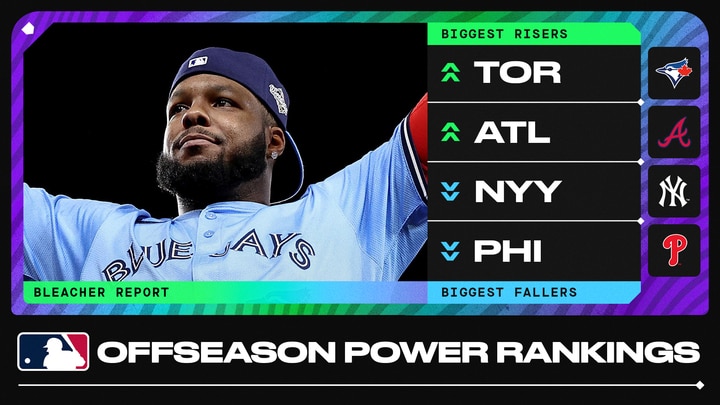
_0.jpg)
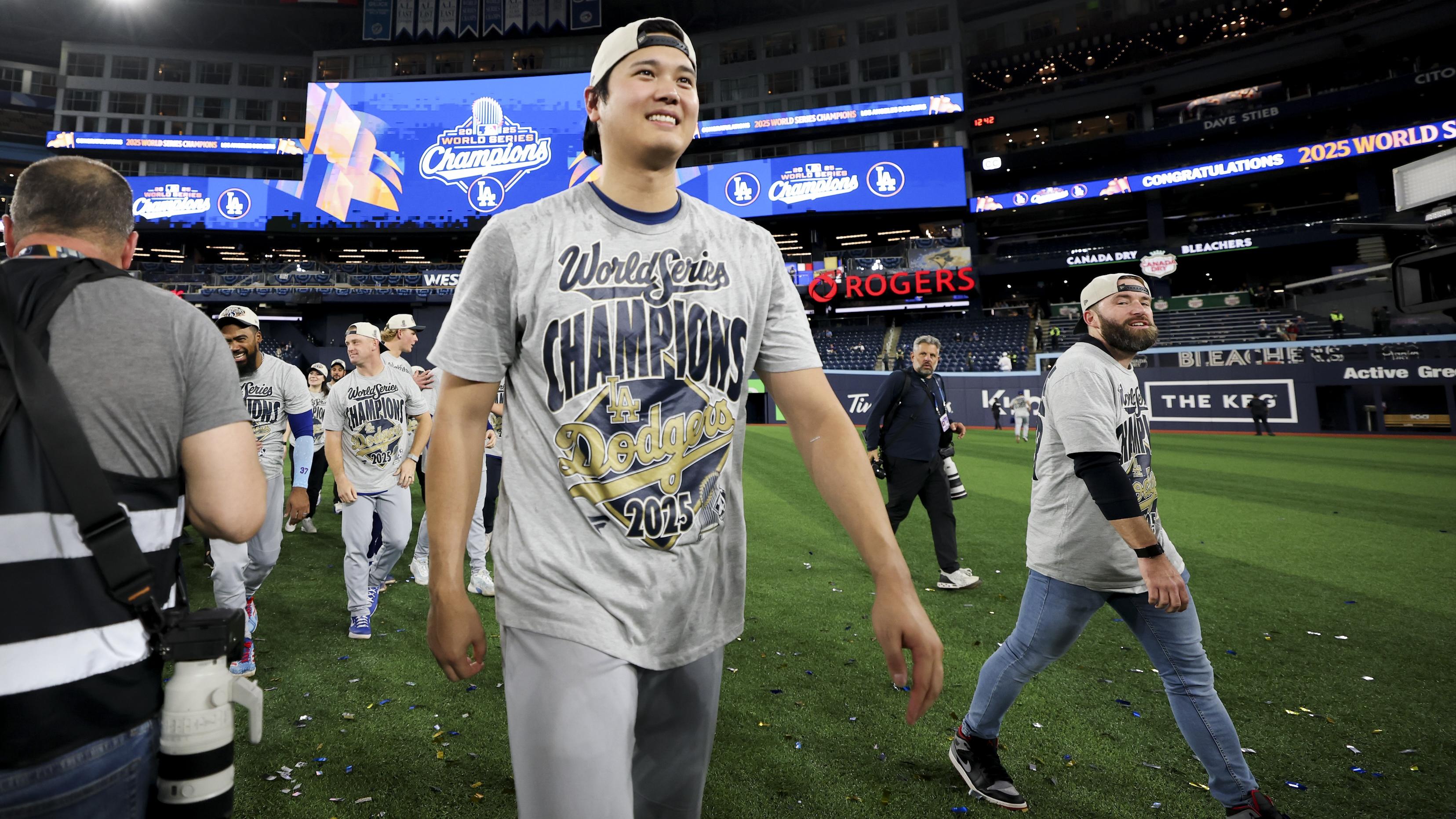
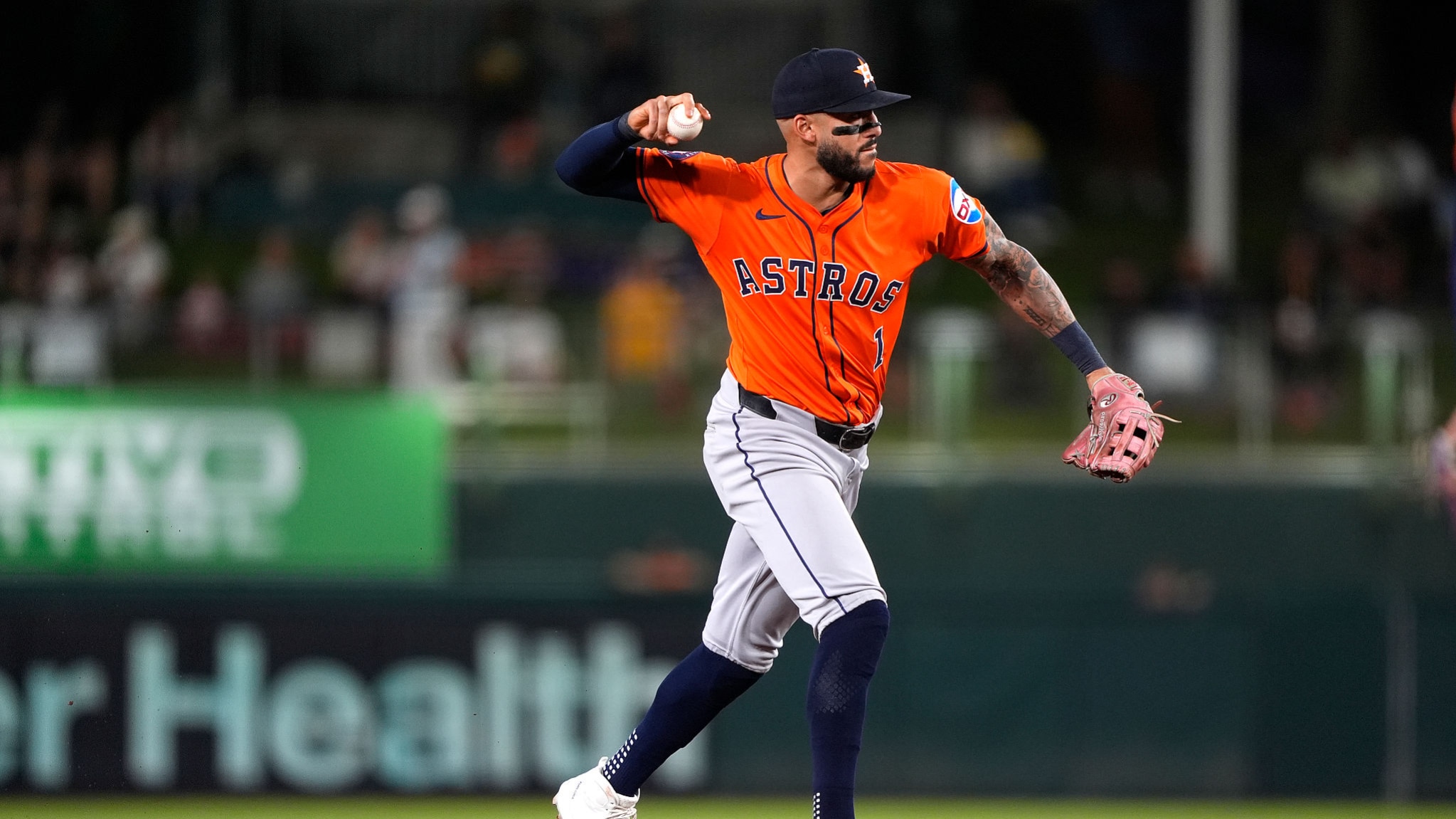
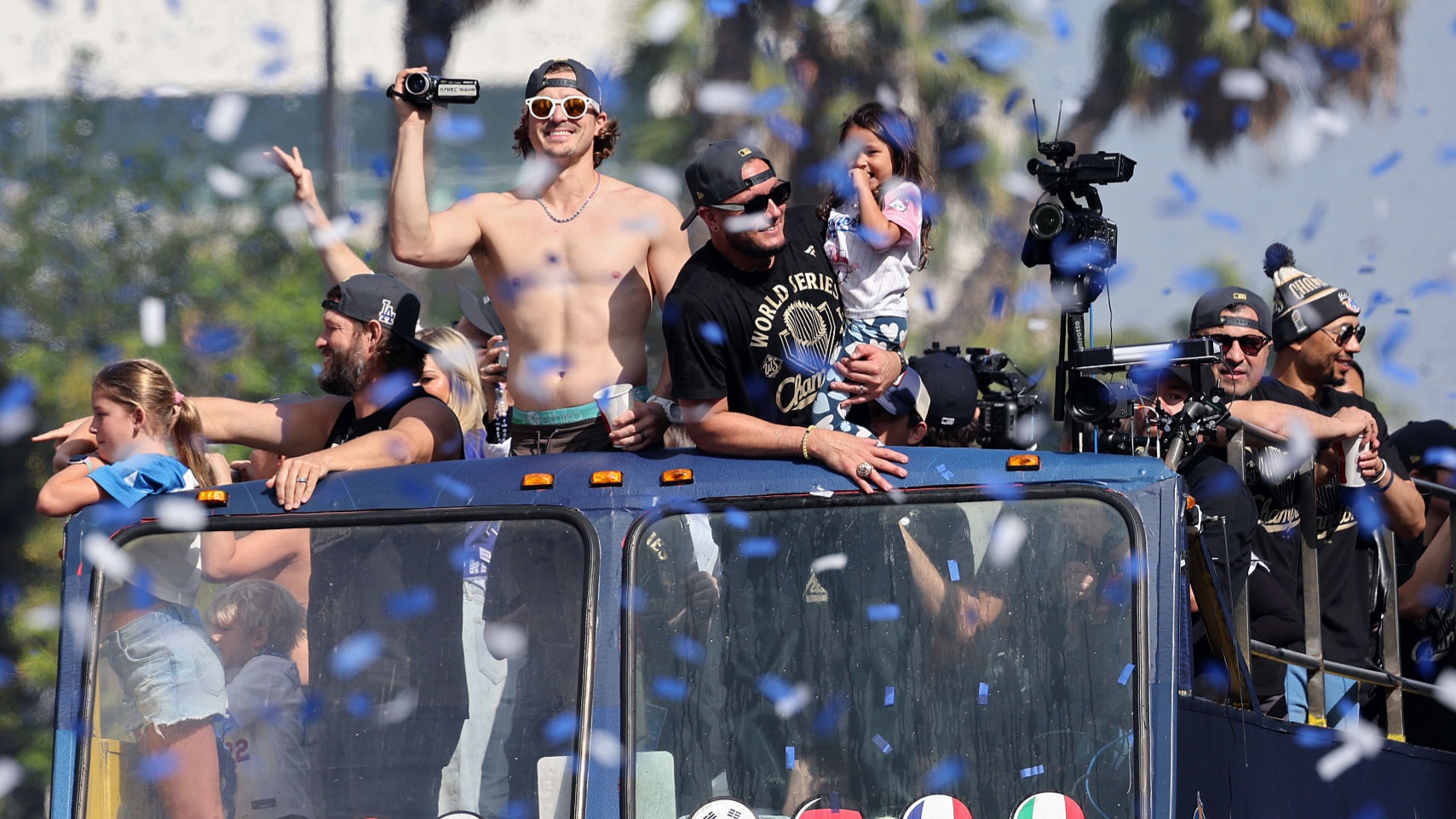
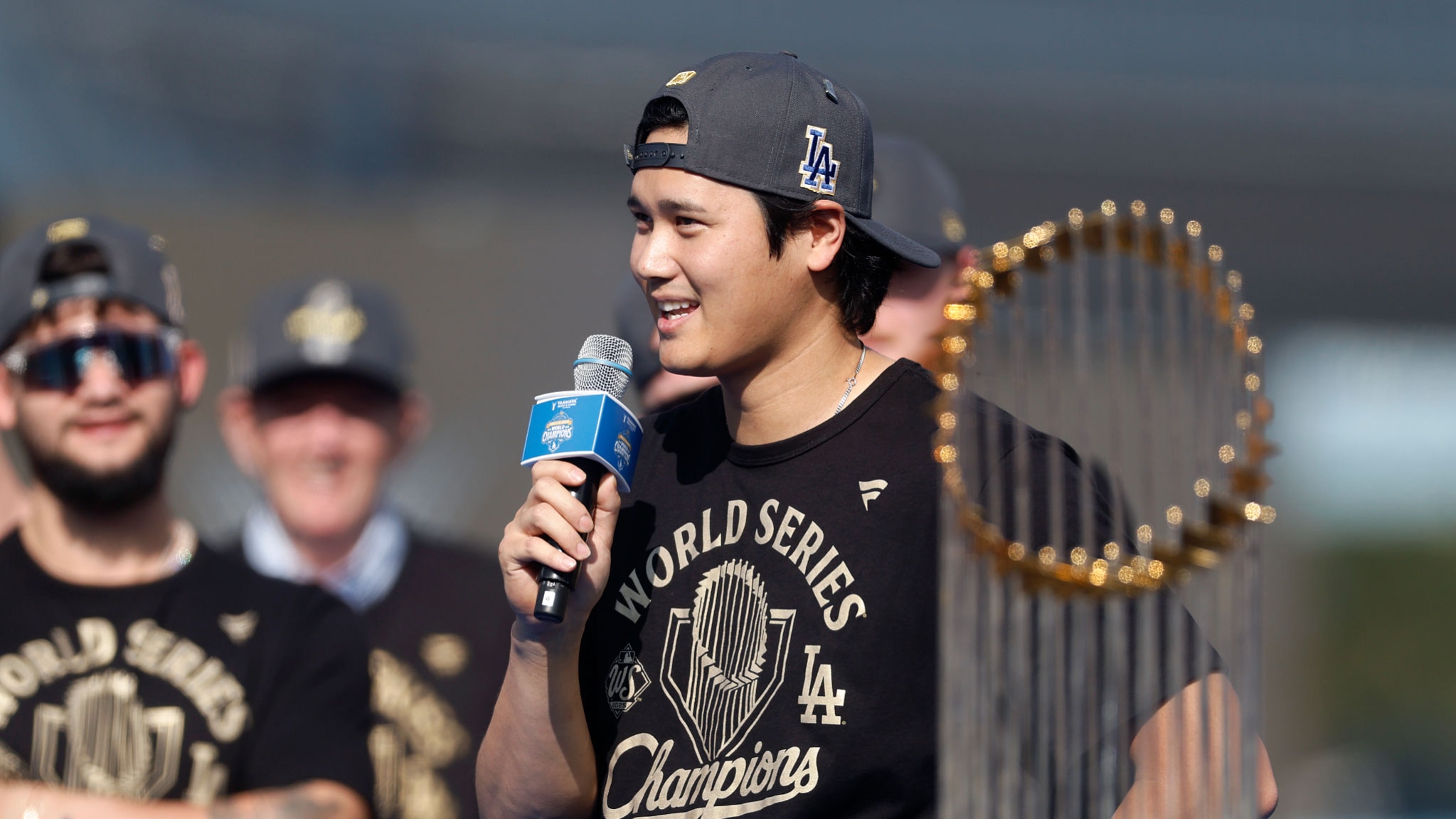
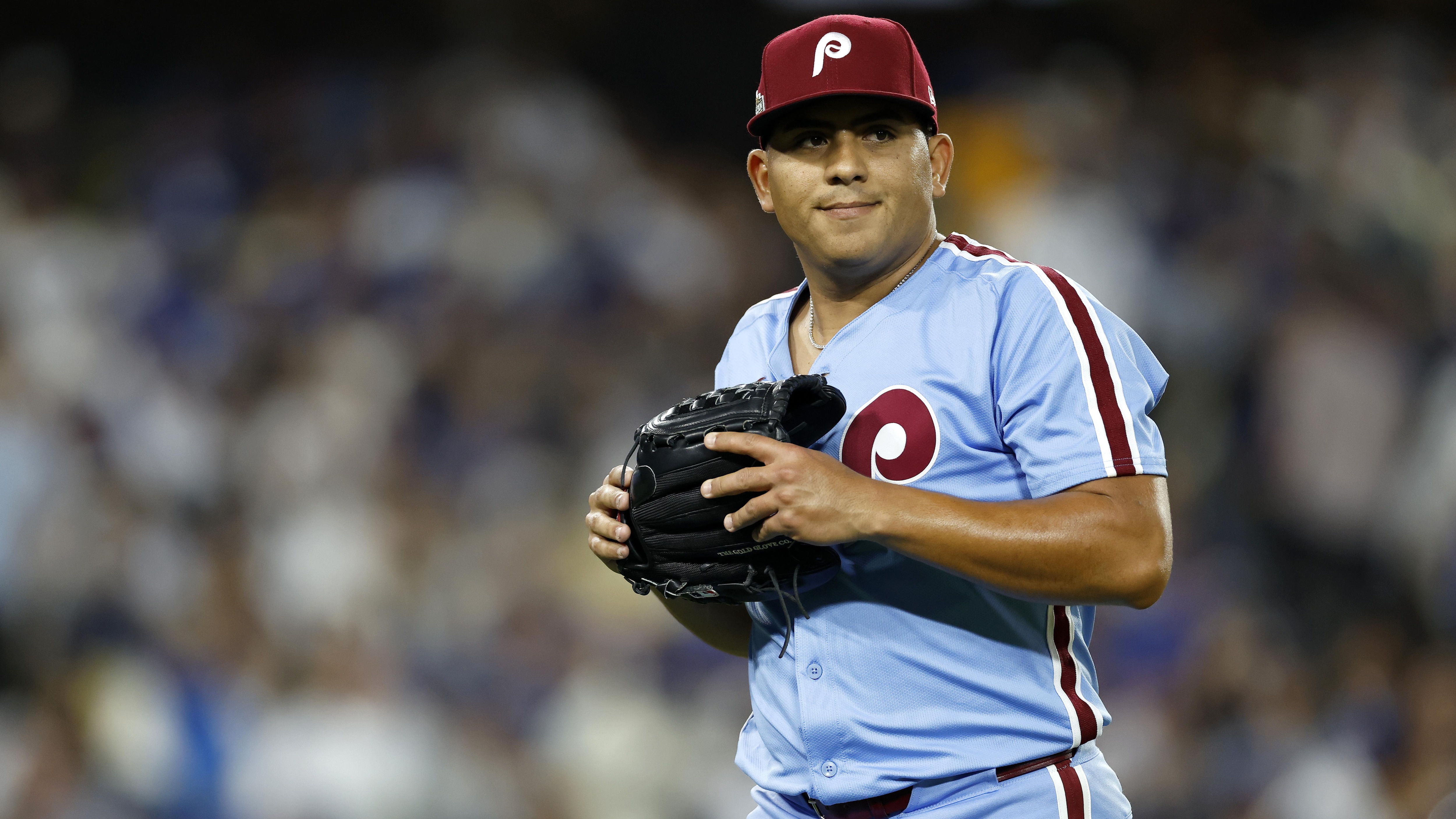
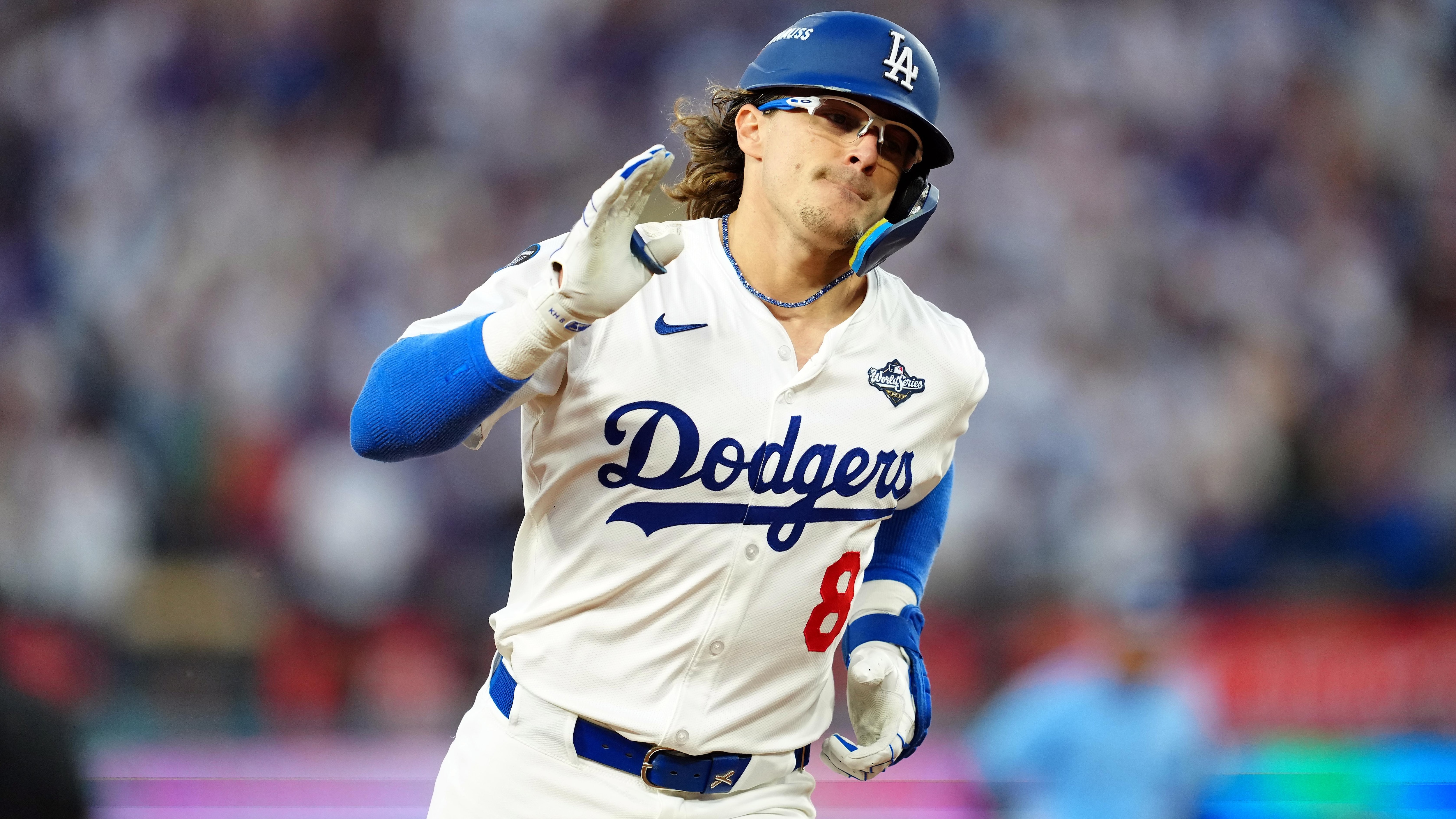
.png)
